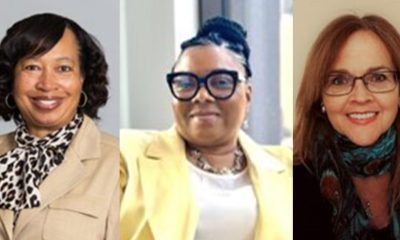Black History
IN MEMORIAM: A Passion-Driven Life — Remembering Educator Brenda Harris (Dec. 1951 – March 2022)
“I had the honor of knowing Brenda for over 35 years, dating back to when she was a senior advisor at the California Department of Education. She was an extraordinary individual, an expert policymaker in the field of education and a fearless civil rights advocate,” said Dotson Wilson, former chief clerk and parliamentarian of the California Assembly.
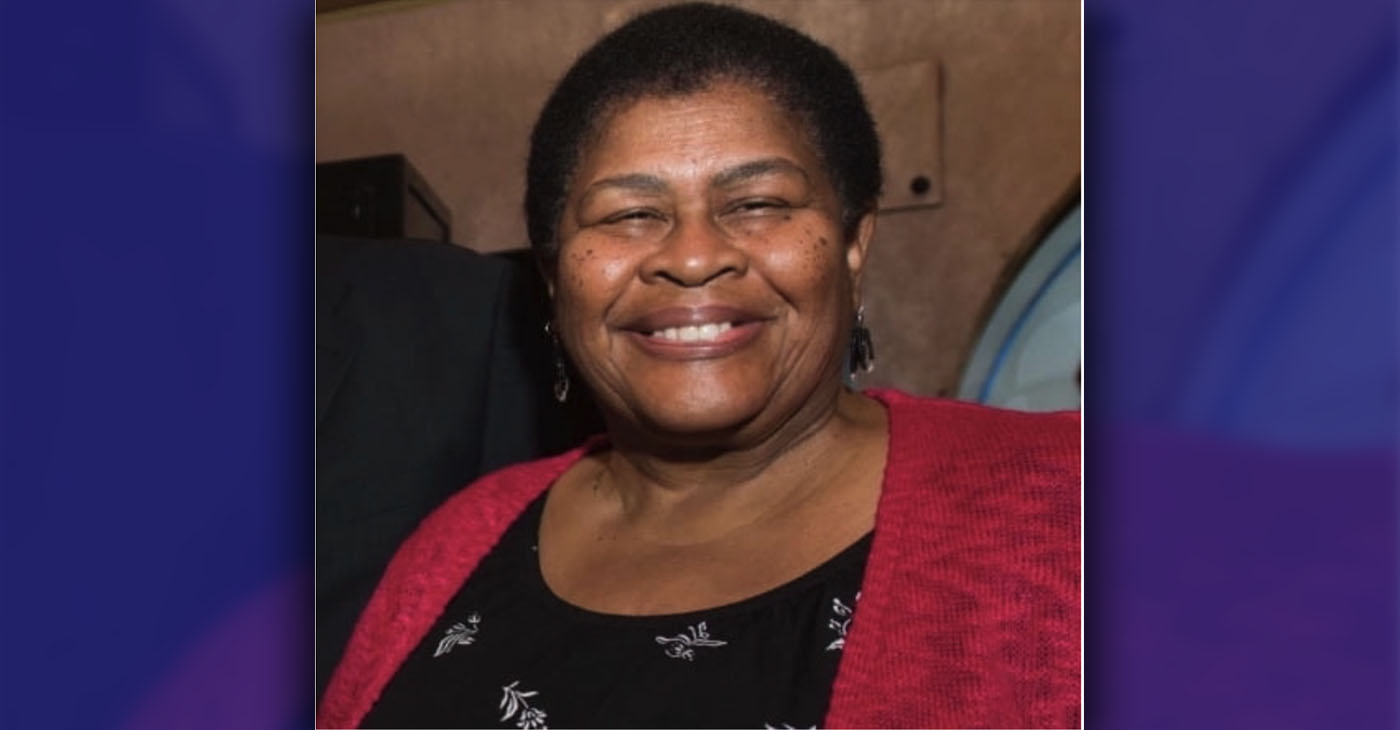
By Tanu Henry, California Black Media
Like her devotion to her Catholic faith, Brenda Harris’ willingness to help others, especially disadvantaged people, was consistent and rare, authentic in a way that drew everyone to her, friends and loved ones say.
On March 5, Harris, an outspoken advocate and civil servant who influenced state education policy, died after a brief illness. She was 71.
“I had the honor of knowing Brenda for over 35 years, dating back to when she was a senior advisor at the California Department of Education. She was an extraordinary individual, an expert policymaker in the field of education and a fearless civil rights advocate,” said Dotson Wilson, former chief clerk and parliamentarian of the California Assembly.
“Whether she was speaking to aspiring young students, academicians or elected officials, Brenda remained steadfast in her goal to implement sound education policy,” Wilson continued. “I consider it an honor to have known her as a colleague and friend.”
Wilson, who was the longest-serving African American in the State Assembly, retired in 2019 after 26 years.
Before becoming an Education Program Consultant at the California Department of Education, an advisor to the California State Board of Education and a professor at Sacramento State University, Harris was an elementary, middle and high school teacher in San Francisco.
Harris, who was a resident of Sacramento when she passed away, tutored students and taught classes at several after-school programs and community learning centers in Sacramento and the Bay Area.
When Harris was a teenager, her family moved to Marysville, a Yuba County town about 50 miles north of San Francisco. After graduating from high school in 1969, she attended Gonzaga University in the state of Washington. Later, she transferred to the University of San Francisco (USF) in 1971, where she majored in Communications and Sociology.
“She looked up to her parents as role models, both of whom were active participants in the Civil Rights Movement and had participated in the Montgomery Bus Boycott in the mid-1950s,” said Jack Weinrieb and Meghan Grant, two San Francisco educators who wrote a biography of Harris.
“Harris would listen to her parents discuss the inhumanity of racism, injustice, and discrimination and quickly learned about the importance of doing her part in social movements,” Weinreib and Grant continued. “Harris recalls that her mother instilled an understanding that underprivileged populations have similar struggles, no matter their race.”
While she was a student at USF, Harris became close to other Black students and participated in several social and political activities on campus and in nearby neighborhoods.
She worked in USF’s financial aid office and with the school’s Drama department. And she volunteered, lending her time to community organizations serving several disadvantaged city districts with large Black populations, including the Western Addition, Bayview–Hunters Point, Haight-Ashbury and the Fillmore.
Daniel Hahn, Sacramento’s first Black chief of police — who served from 2017 until the end of last year — said he was always impressed by how many people Harris knew and how committed she was to helping others.
“She was extremely engaged in making tomorrow better for all people,” he said. “She was constantly introducing me to people in the city and she was always encouraging me to carry out the things I believed in. She wasn’t just talk. She always followed through with her actions.”
Harris attended St. Ignatius Loyola Church in Sacramento and taught classes at the church’s Center for Ignatian Spirituality.
“Gratitude is at the core of my existence. Ignatian Spirituality made me a global citizen. Living at this moment in world history, I am to share Ignatian Spirituality with a diverse ecumenical group globally,” Harris said in a statement on the center’s website.
Regina Wilson, executive director of California Black Media, said Harris loved the Black press.
“She always wanted to know what was happening in Black communities,” Wilson said. “She was a faithful supporter of Black-owned news outlets across the state.”
“For her, it was more than just representation. It was about informing people, educating people and improving lives,” Wilson said.
A memorial Mass for Harris will be held at St. Ignatius Catholic Church in Sacramento at 10 a.m. on April l8, 2022.
Activism
Oakland Post: Week of July 24 – 30, 2024
The printed Weekly Edition of the Oakland Post: Week of July 24 – 30, 2024
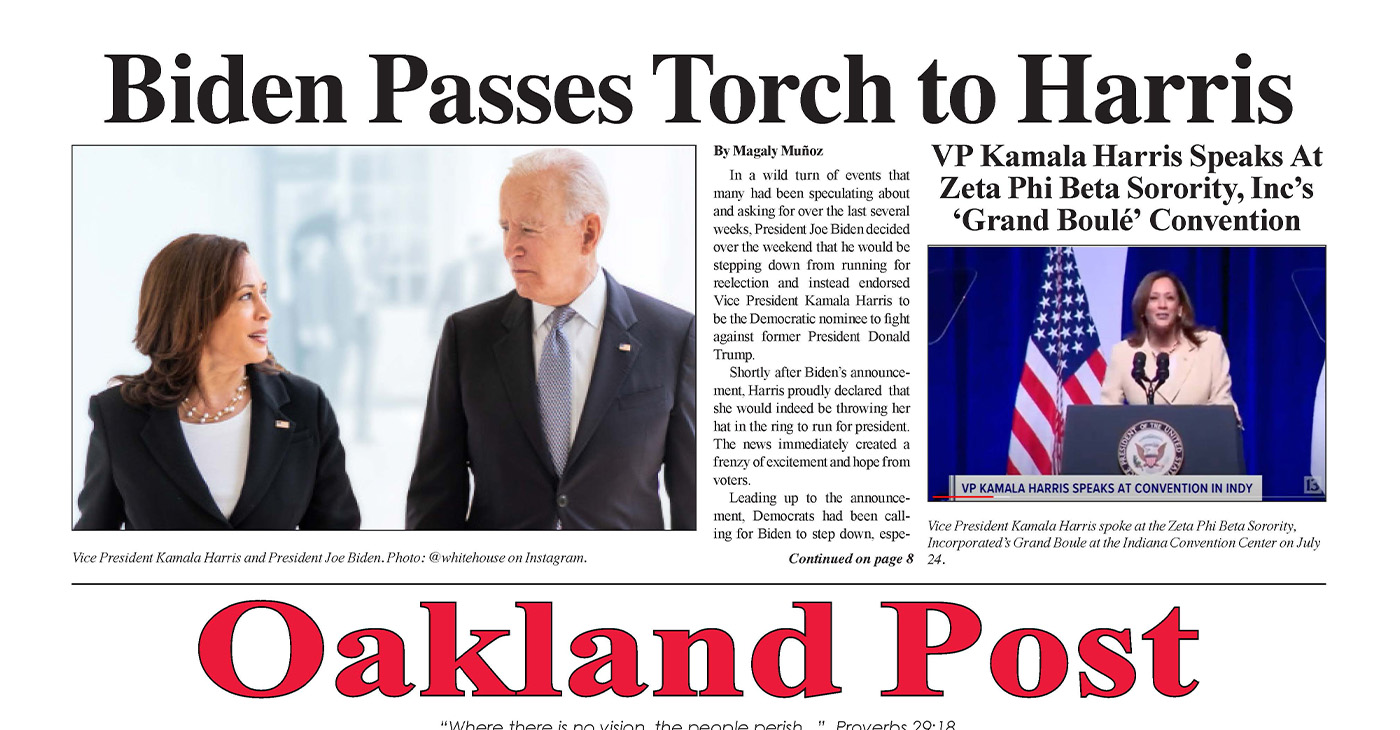
To enlarge your view of this issue, use the slider, magnifying glass icon or full page icon in the lower right corner of the browser window. ![]()
Activism
Oakland Post: Week of July 17 -23, 2024
The printed Weekly Edition of the Oakland Post: Week of July 17 -23, 2024

To enlarge your view of this issue, use the slider, magnifying glass icon or full page icon in the lower right corner of the browser window. ![]()
Black History
Betty Harris: Inventor of Spot Test That Revolutionized Chemical Detection
Our accomplishments never cease to amaze me. Imagine being a scientist who can detect hidden chemicals with just a simple test. Here’s another hidden gem. Dr. Betty Harris is a brilliant scientist and inventor known for her work in chemistry. She was born on July 29, 1940, in Louisiana. From a young age, Betty was fascinated by science. She loved to learn how things worked and always asked lots of questions. Her passion for science led her to become a chemist.

By Tamara Shiloh
Our accomplishments never cease to amaze me. Imagine being a scientist who can detect hidden chemicals with just a simple test. Here’s another hidden gem.
Dr. Betty Harris is a brilliant scientist and inventor known for her work in chemistry. She was born on July 29, 1940, in Louisiana. From a young age, Betty was fascinated by science. She loved to learn how things worked and always asked lots of questions. Her passion for science led her to become a chemist.
By 1961, aged just 19, she had graduated from Southern University in Baton Rouge with a chemistry degree.
She did her research at Los Alamos National Laboratory, New Mexico, where she worked in the areas of hazardous waste treatment and environmental remediation as well as explosives chemistry. Areas of focus included explosives detection, synthesis and characterization of insensitive high explosives and sensitivity of weathered high explosives.
Her invention, a spot test for TATB, represents a significant advancement in the detection of this crucial but stable explosive compound.
TATB stands for 1,3,5-triamino-2,4,6-trinitrobenzene. It’s a type of explosive that is very stable and safe to handle, making it important for various safety applications. TATB is used in explosives because it doesn’t explode easily under heat or shock, which means it’s safer to store and use.
Harris invented a special test called a “spot test” to detect TATB. Before her invention, finding TATB in materials was difficult and time-consuming. Her spot test made it quick and easy to detect this important chemical.
The spot test developed by Harris is a simple yet powerful method that involves a few straightforward steps. A small sample of the material in question is obtained. The sample is treated with a special chemical solution formulated by Harris. If TATB is present in the sample, the solution undergoes a color change, providing a clear and immediate indication of its presence.
Harris’s spot test is important for several reasons. The test helps ensure that explosives are safe to handle and store. By detecting TATB quickly, accidents can be prevented. It is easy to use and provides fast results, saving time and resources.
Inventions like Harris’s help science to progress by making it easier to work with important chemicals.
Her contributions extend beyond her scientific achievements. She is a passionate advocate for education and has been a mentor to countless young scientists, particularly encouraging girls and African American students to pursue careers in Science, Technology, Engineering and Math (STEM) fields.
Her dedication to fostering the next generation of scientists has earned her numerous accolades and respect in the academic community.
Harris still lives in New Mexico.
-
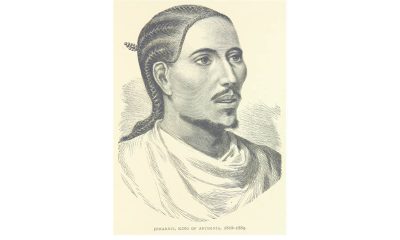
 Arts and Culture3 weeks ago
Arts and Culture3 weeks agoRooted in Tradition: The Intricate History of Black Hair Braiding
-

 Bay Area4 weeks ago
Bay Area4 weeks ago“I Will Not Be Bullied,” Says Oakland Mayor Sheng Thao
-

 Bay Area2 weeks ago
Bay Area2 weeks agoPG&E Increases Rates While Bay Area Households Are Struggling to Stay Afloat
-

 Business3 weeks ago
Business3 weeks agoGov Newsom: Raising Fast Food Minimum Wage to $20 Pays Off as Jobs Multiply in Industry
-

 Activism4 weeks ago
Activism4 weeks agoOpponents of Mayor Sheng Thao Are Calling on Her to Resign Following FBI Raid
-
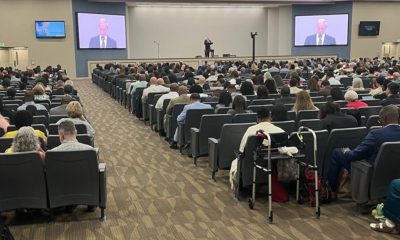
 Community1 week ago
Community1 week agoHundreds Come to Jehovah’s Witnesses’ Assembly Hall for Three-Day Program of ‘Good News’ in Fremont
-

 Bay Area2 weeks ago
Bay Area2 weeks agoJuneteenth Mass Shooting Suspect Charge with Multiple Counts of Felony Assault by Alameda County DA Pamela Price
-

 Activism4 weeks ago
Activism4 weeks agoOakland Coliseum Sale to AASEG: A Model for Community Development and Inclusion









